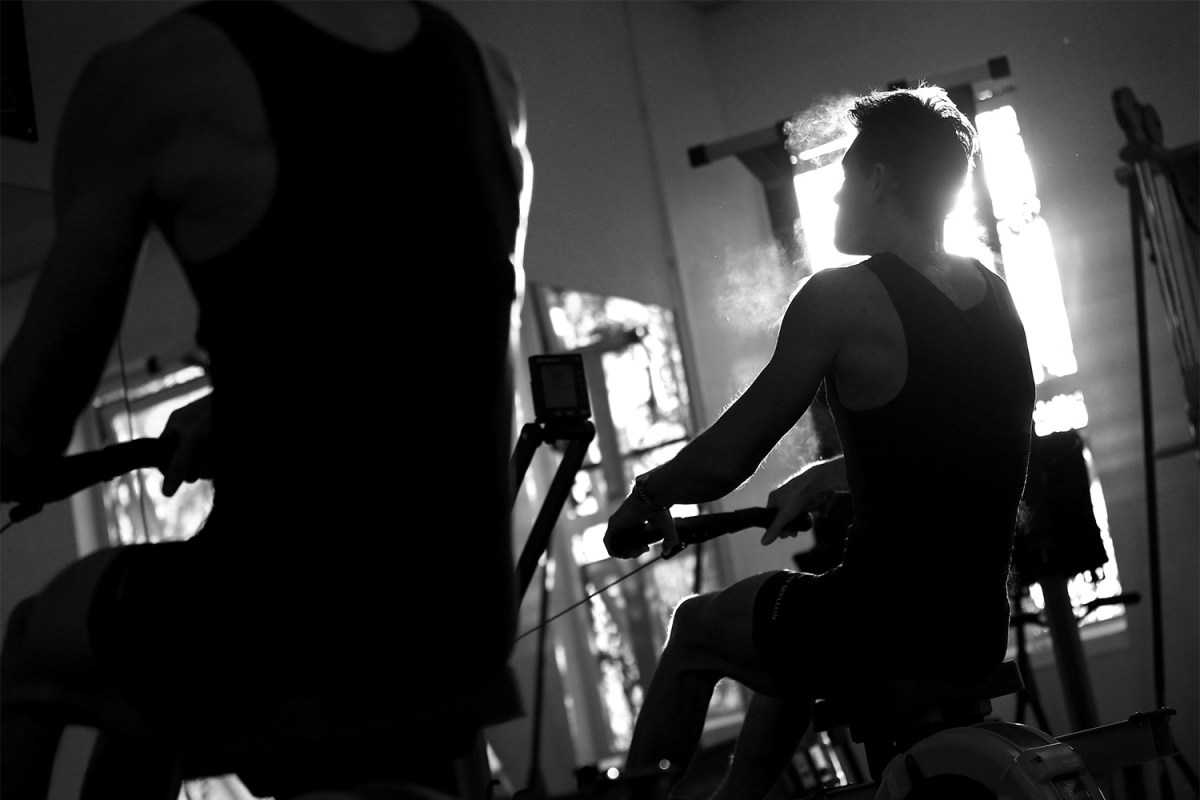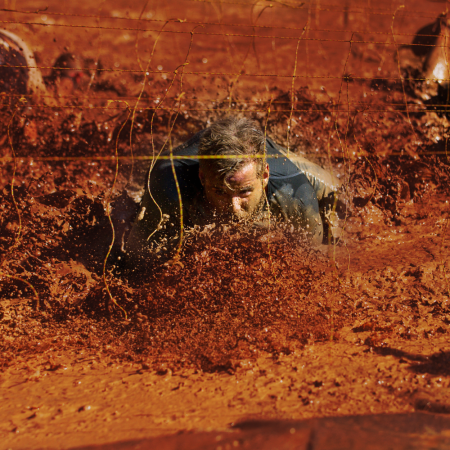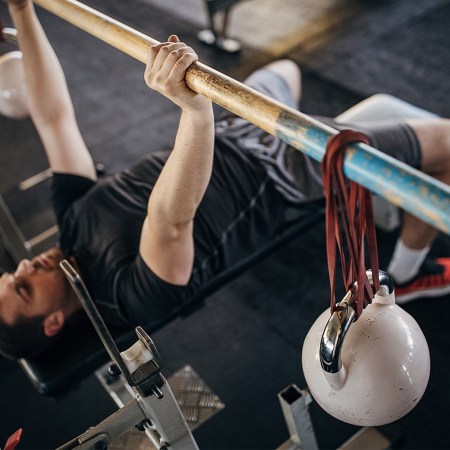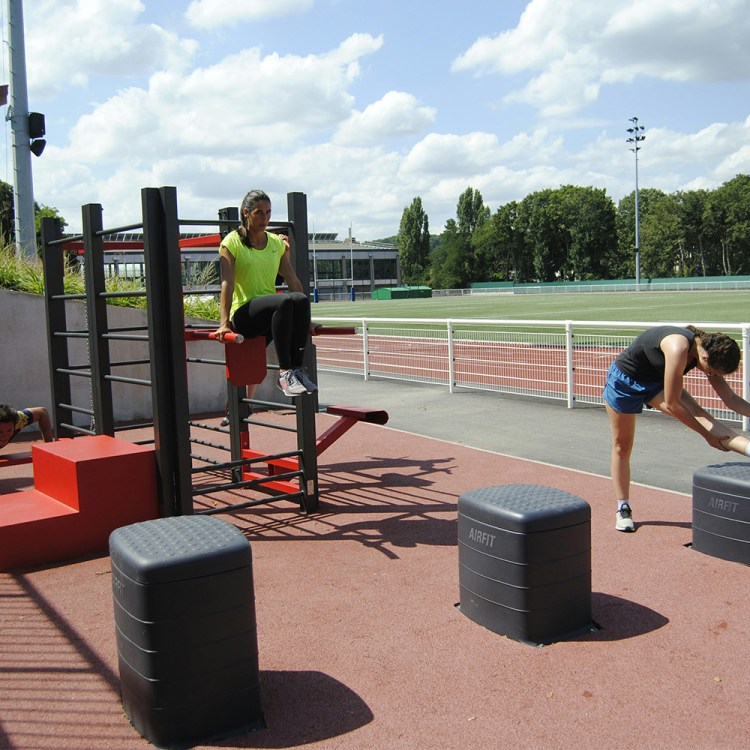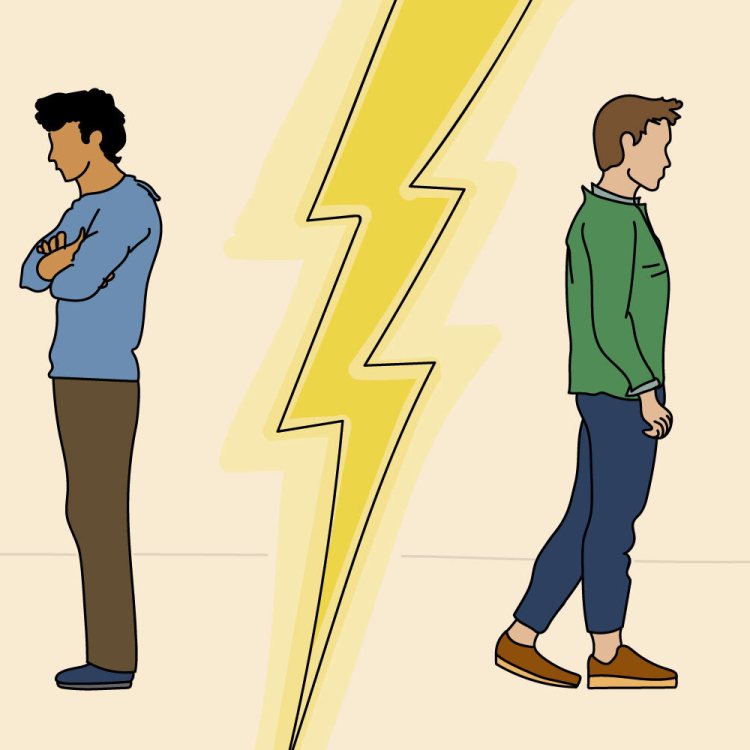Indoor rowing used to be a niche exercise, with a machine or two tucked in a corner of the cardio section of your gym. Now, it’s more popular than ever. Much of that can be attributed to the proliferation of connected rowing platforms — from the likes of Aviron, Ergatta, Hydrow, Echelon and even Peloton — that bring with them sleek ergs (that’s the rowing machine itself) and sharp branding.
One refrain has become ubiquitous with this rowing revolution: “The exercise uses 85% of the muscles in your body.” Sometimes this figure appears as 80%,or 90%, but the overarching theme is the same: rowing is a full-body hero. If you aren’t doing it, you’re missing out.
I don’t personally own an indoor rowing machine, but my local gym owns three. For months now, I’ve walked by the lineup, considered strapping in, then rejected the idea in favor of a more familiar workout. (I also often arrive to my gym after a three- or four-mile run, so the prospect of more cardio feels daunting.)
Still, rowing is too valuable a workout for any of us to feel too intimidated by the prospect. It isn’t only full-body, it’s also low impact and highly accessible for trainees of all ages. A recent Washington Post article profiled a 93-year-old rower named Richard Morgan who, amazingly, has “the aerobic engine of a healthy 30- or 40-year-old.”
As an added bonus, John Steventon tells us, rowing is an excellent cross-training exercise. That’s to say, the activity can make you better (stronger, healthier) at your preferred form of cardio.
Learning to row will also simply make you better at rowing, and perhaps compel you make a habit out of it. That’s how it went down for Steventon, a former cyclist and squash player. The Scotsman is now an indoor-rowing gold medalist, who coaches over 21,000 rowers through his RowAlong Youtube channel, and recently nabbed a partnership with Aviron.
We caught up with Steventon for a primer on how to get your rowing routine off the ground this year. Below, you’ll find his dos and don’ts, his most dreaded workout (which is somehow also his favorite) and his take on that whole “uses 85% of your body” claim.
InsideHook: What are the first steps an adult with no prior rowing experience should take to get into rowing?
Steventon: The hardest step is the first, but the good news for indoor-rowing beginners is that it’s also the easiest. Climb on, strap in, then row at a low stroke rate (20-22 s/m). You want to row at an intensity similar to climbing up a few flights of stairs — heart rate is up, breathing is up, but you shouldn’t be left lying on the ground afterwards!
Whether you can manage five minutes at the start, or up to 30, it doesn’t matter. Your goal is to build your fitness foundation first, so you’ll be able to row for longer each time you come back.
What are the most common mistakes you see beginners make?
The first mistake often happens before they take their first stroke, and that’s incorrectly setting up the machine. A common problem is people set the machine to 10, or maximum resistance, incorrectly thinking that this will give them a better workout.
Once the resistance has been set, rowers need to look at how high they set their feet in the footplates. Most new rowers will set them too high, and this compromises the angle of their hips and ankles as they come into the front of the stroke. The ballpark guide is that the strap should cover the balls of their feet, which is often the bottom lace of the shoe. If in doubt, set it lower rather than higher, to allow you to slide into the front with vertical shins comfortably.
Finally, when new rowers climb on and start rowing, it’s easy for them to think that because they’re holding onto a handle, rowing is about pulling that handle, but it’s not. Rowing is pushing with your legs. That’s one of the reasons I set up my RowAlong video series as well as my partnership with Aviron — to introduce people to different intensities of rowing workouts, while talking them through proper technique.
Are claims that rowing uses “85% of your muscles” accurate?
When done properly, rowing uses your legs, your core, your back and your arms. Using all those muscles helps you go faster and row for longer, which means you’ll be able to use more energy, burn more calories and keep your metabolism cranking. In order to activate all of them properly, though, you need to be in the right positions.
Remember: Your legs are a lot stronger than your arms, so that’s where the majority of the power needs to come from. But you also need to “connect” your legs to your arms. That means you only pull the handle into your chest at the back of the stroke, once your legs are just about finished pulling.
Holding the forward tilt as you push with your legs will send the power through your posterior chain and into the handle, protecting your back from injury. Avoid leaning back before you push, as this disengages your chain, sends all that power from your legs into your lower back, and works less muscles.
The Globetrotting Guidebook: Our Most Memorable Runs Across the Planet
A powerhouse panel of pro runners, legendary coaches and race directors share the routes they’ll never forgetIn your opinion, why is rowing a superior cross-training exercise?
One of the great things about a rowing machine is that it’s not just to get better at rowing. Yes, the original design purpose was for winter training for rowers — but the machine left the boat shed and entered gyms, CrossFit boxes, Hyrox race floors and home gyms because of the near-full body workout it can give you.
Initially, I used rowing as cardio training when I was a squash player. I even have a video on my YouTube channel called “Row like Squash” where the workout is designed to emulate the cardio toll of a squash match. The similarity in leg-power requirements, leaving me ruined at the end of a row, made for very effective squash training! Because it’s non-weight-bearing, and zero impact, runners with ruined knees can also keep their cardio topped up with rowing. This is also why it’s a great option for people who have never exercised before, or for those in later stages of their lives who want to continue to move, but possibly don’t have the mobility to go out for a run.
Plus, there can also be a strength element to rowing, assuming you’re using the right equipment and have a safe technique. The Aviron Rower, for instance, offers up to 100 pounds of resistance, which lets users increase strength. Most air-based rowing machines don’t have that capability.
Should newcomers to rowing consider it an aerobic or anaerobic activity?
Most rowing sessions, even the ones that make you question why you’re doing this to yourself, are aerobic. A Tabata workout, where you’re putting in 20 seconds of maximum effort with 10 seconds rest can take you into anaerobic activity. But even a 2000m time trial — the gold standard of rowing tests, infamous for leaving rowers lying on the floor afterward, gasping for breath — is an aerobic row where only the closing 30 seconds or so will hit anaerobic levels.
How would you recommend programming a week of rowing sessions?
For someone entirely new to rowing, the most important things to work on are how long they can row for and becoming comfortable sitting on the machine. It’s common for people to go out too hard and fast out the gate, and empty their energy tanks in a short time, while a poor technique would create discomfort in their lower back and backside.
It’s much better to slow down to use up your energy over a longer period. You’ll burn more calories this way, but you’ll also be building your fitness, like increasing the size of your energy tank, meaning you can row even longer the next time. The best way to manage your body is to vary the intensity of your workouts, and ideally to take two rest days a week.
- How many days per week: If you’re looking to improve your fitness and performance on the rowing machine, it’s good to aim for at least four rowing workouts a week, and possibly add another workout like cycling, running or swimming.
- How many minutes per session: For most people, a workout of around 30 minutes is ideal. Initially, newcomers may only be able to row for five to 10 minutes at a time, and that’s okay. The aim is to build up their time on the machine, and this can be increased not just by trying to row for longer each time, but by mixing up the intensity that they’re are rowing at.
- Low-Intensity Rows: Think long, slow, low-stroke-rate rows at 5/10 on the effort scale, similar to walking up stairs — you’ll be breathing harder, heart rate will rise, but it won’t feel hard and you should still be able to hold a conversation. If you’re referring to Heart Rate Training Zones, these will be in Zone 2, around 50 to 65% of your maximum heart rate.
- Tempo Rows: These are usually interval workouts, like 6 x 5 minutes with 90 seconds rest. They’re more intense, requiring you to row at a speed and stroke rate where it feels a lot harder than the low-intensity rows. You won’t need to stop for the rests, but you’ll be thankful when you do, as you probably wouldn’t be able to row the whole session without them! Think 7-8 on the effort scale; your heart rate will start around Zone 3 (65-80% of max HR), but should climb to mostly Zone 4 (80-95%) and possibly reach Zone 5 (95-100% of max HR) by the very end of the workout.
- Max-Intensity Rows: And finally, short intervals at a higher intensity. For example, 8 x 2 minutes with 2 minutes rest, rowed as fast as you can manage at a high (30+) stroke rate. These workouts should leave you on the edge of needing to end the whole workout, but the rest period is always just enough to let you go again. Each interval will feel harder and harder, taking you from Zone 4 heart rate all the way up to maximum by the end. These workouts are super intense, hitting 10/10 on the effort scale, and should only be done when you are happy your technique is good, and your body health allows you to do so.
Do you have a favorite rowing workout? A dreaded one?
My favorite Tabata workout: 20 seconds max effort, 10 seconds rest. Do this 8 times. Then do all of that again two more times, with two minutes of rest between the larger sets. Once I’m only a couple of minutes in, I’m working so hard I don’t think I could tell you my name if you asked me! It’s awful. But you know you’re on the right track when you start to love awful.
Whether you’re looking to get into shape, or just get out of a funk, The Charge has got you covered. Sign up for our new wellness newsletter today.
